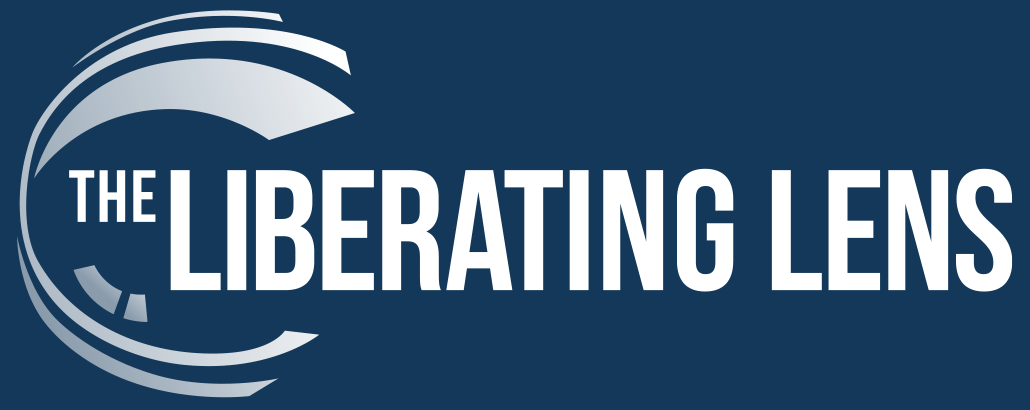Compare Photo Icons Instructions
One of the ways we come to understand photographs is through comparison. For this assignment, choose two photographs that you would nominate for icon status (or, they can already have been nominated). These may be from any of these photographers: Bubley, Cherry, Croner, Elisofon, Engel, Faurer, Grossman, Levitt, Lepkoff, Libsohn, Levinstein, Model, Orkin, Rosenblum, Sievan, Stoumen, Weegee.
As you consider these photographers, think about their backgrounds, how they came to take photographs, what they saw and wanted viewers to see. You should also consider when the photographs were taken, especially the historical context of New York City with its large Jewish population. Be sure to review the criteria articulated by Orvell before you begin. The goal is to think comparatively about the photographs and to make an argument about ways of picturing the modern world offered by these Jewish American photographers. How can you use media to enhance and support your claim? How can you use visual references to tell the story?
Blog Post Guidelines:
Your blog post should include:
» Title // Be intentional in choosing a title.
» Photos // Embedded in the post. Be intentional with the placement of the photos. Does the text wrap around? What size is most effective? Do you want a border?
» Text // 700-1,000 words.
» Links // In your narrative, hyperlink to at least 3 webpages that enhance or support your claim by giving additional context.
» Sources // Include references for images you upload, text you reference, text you read, links to any articles mentioned. Make sure to hyperlink your sources to an online source or to a bookseller’s page for the book.
» Category // Check box for category “compare photo icons.”
» Tags // In the tags section, add all relevant keywords for your post.
» Media // Include at least two forms of media (video, audio, map, slideshow, etc.) to visually enrich your post.
Suggested media:
Video of Interview Sources (See example)
» Embed an audio or video clip from an interview with the photographer. If your source is a written article, quote text and link to the source.
- This may include interviews about his/her Jewish background or about why he/she started taking photographs.
- Do your photographers discuss one another’s work?
- What were Jews experiencing and how were they pictured?
Audio of Interview Sources
» See description in Video section above.
Map (See example from another university’s class)
» Consider where the photographs were taken and where the photographers grew up. What is significant about these locations?
» Illustrate the locations with a map. Potential types of maps include:
- Embedding an interactive map from another website of the location ie. “New York 1940s map”
- Google maps (street view, satellite, directions between locations)
- Add pins to illustrate key locations or event locations (Images of old illustrated maps, street maps, street corner signs)
Slideshow of images that give additional context of the artists you are writing about. (See example)
» Close-up details of the images you are comparing.
» Additional relevant photos by the photographers embedded into the text or in a wordpress gallery
» Also consider embedding portraits of the photographers in the text.
Reading List
Paula Rabinowitz, “Already Framed: Esther Bubley Invents Noir,” in Black & White & Noir (2002), 25-59.
Vivian Cherry, Helluva Town: New York City in the 1940s and 50s (PowerHouse, 2007).
Hostetler, pp. 75-89 (on Louis Faurer), 90-102 (on Ted Croner), 160-173 (Leon Levinstein).
Morris Engel: Photographer/Filmaker, An interview with Julia Van Haaften, in Morris Engel: Early Work (1999), pp. 1-9.
Film: “The Little Fugitive,” Morris Engel and Ruth Orkin.
Max Kozloff, “A Way of Seeing and the Act of Touching: Helen Levitt’s Photographs of the Forties,” in The Privileged Eye (1987), 29-42.
Walter Rosenblum interviewed by Colin Osman, Creative Camera nos. 223-224 (July 1983): 1019-1025.
Photographs of Lou Stouman, Eliot Elisofon, Sid Grossman in Creative Camera nos 223-224 (July 1983): 1026-1053.
Elizabeth Sussman, Lisette Model (Phaidon 55, 2001).
Anthony W. Lee, “Human Interest Stories,” in Weegee and Naked City, 63-108.
Richard Meyer, “Learning from Low Culture,” in Weegee and Naked City, 13-62.















Comments are closed.